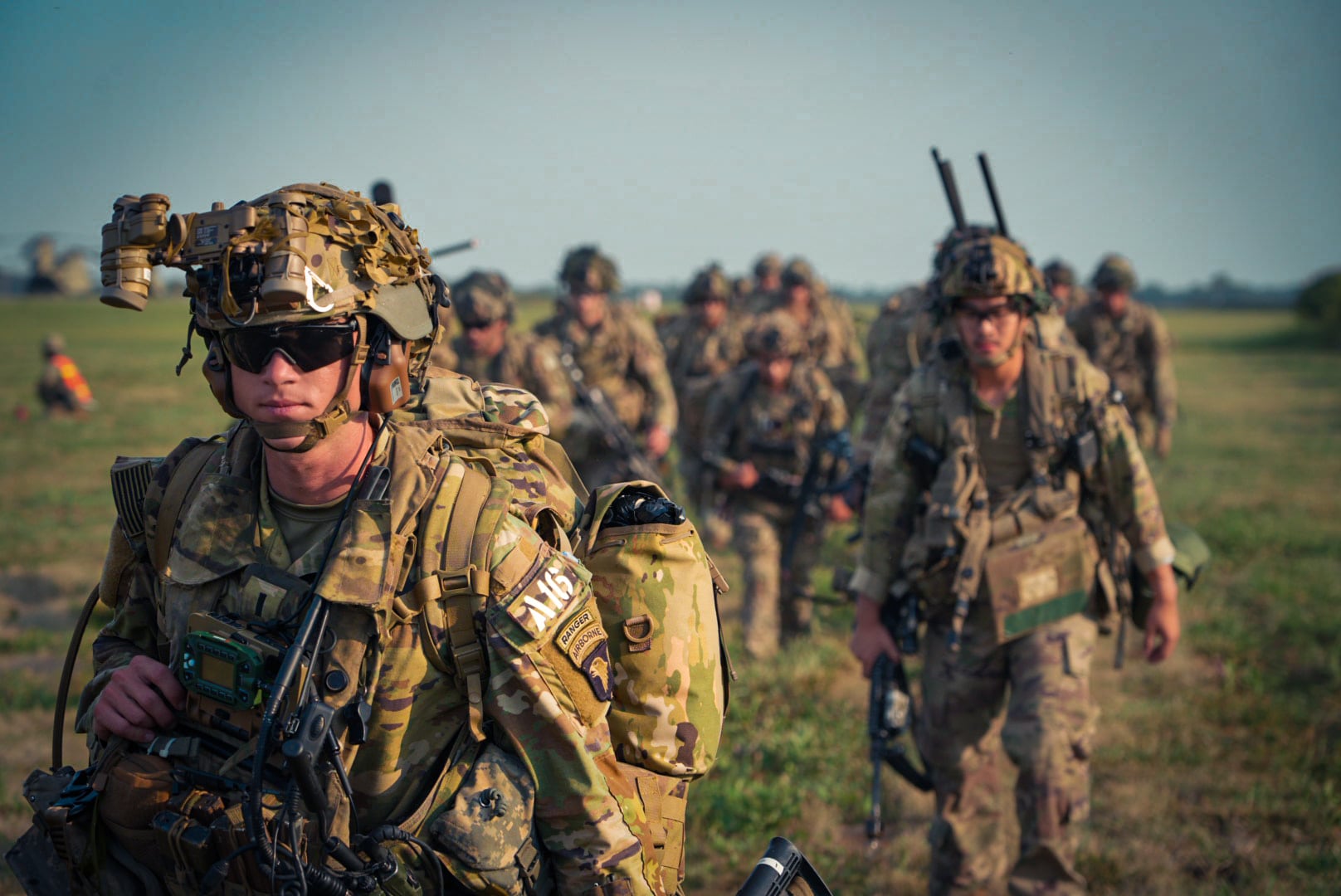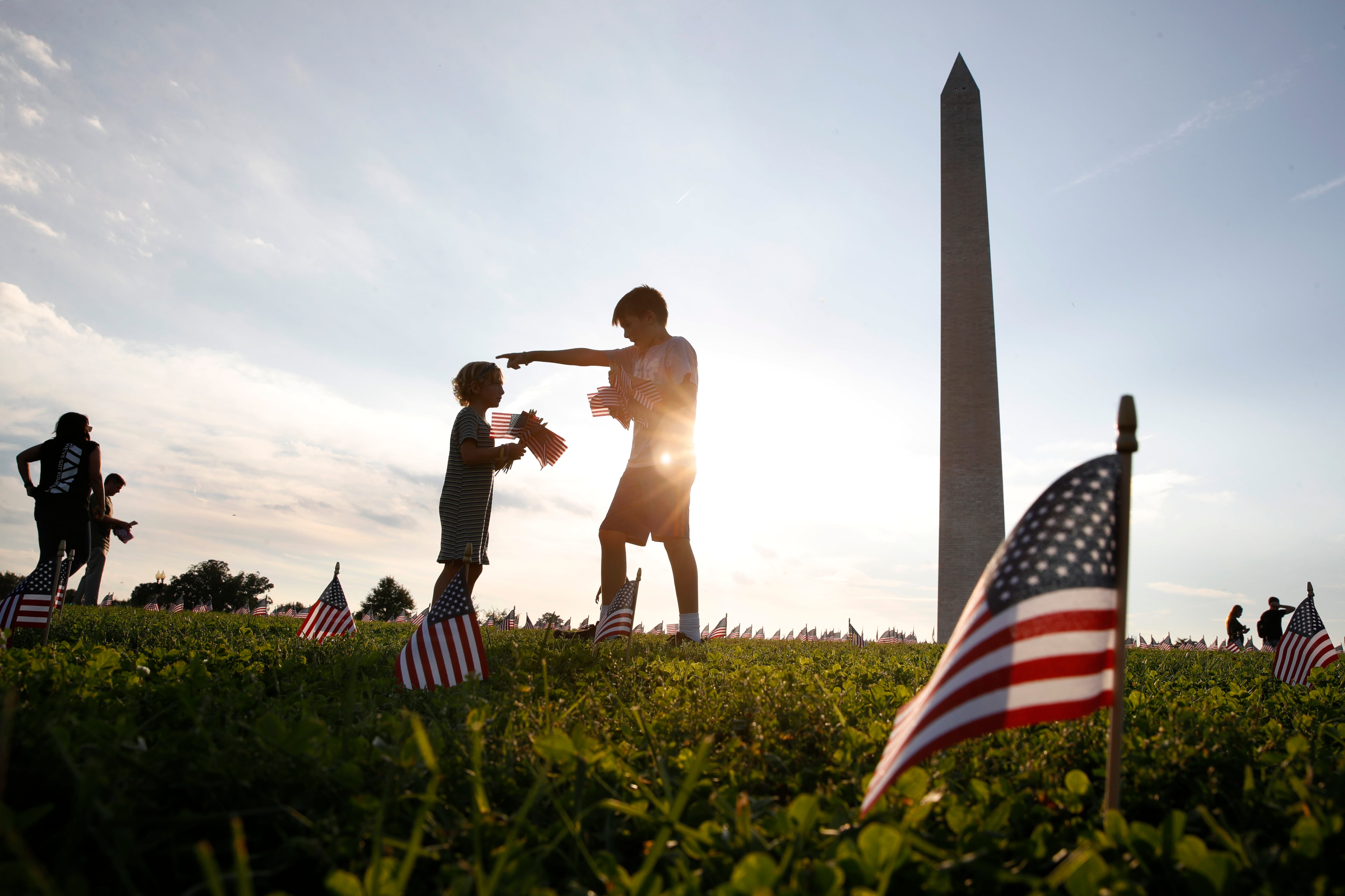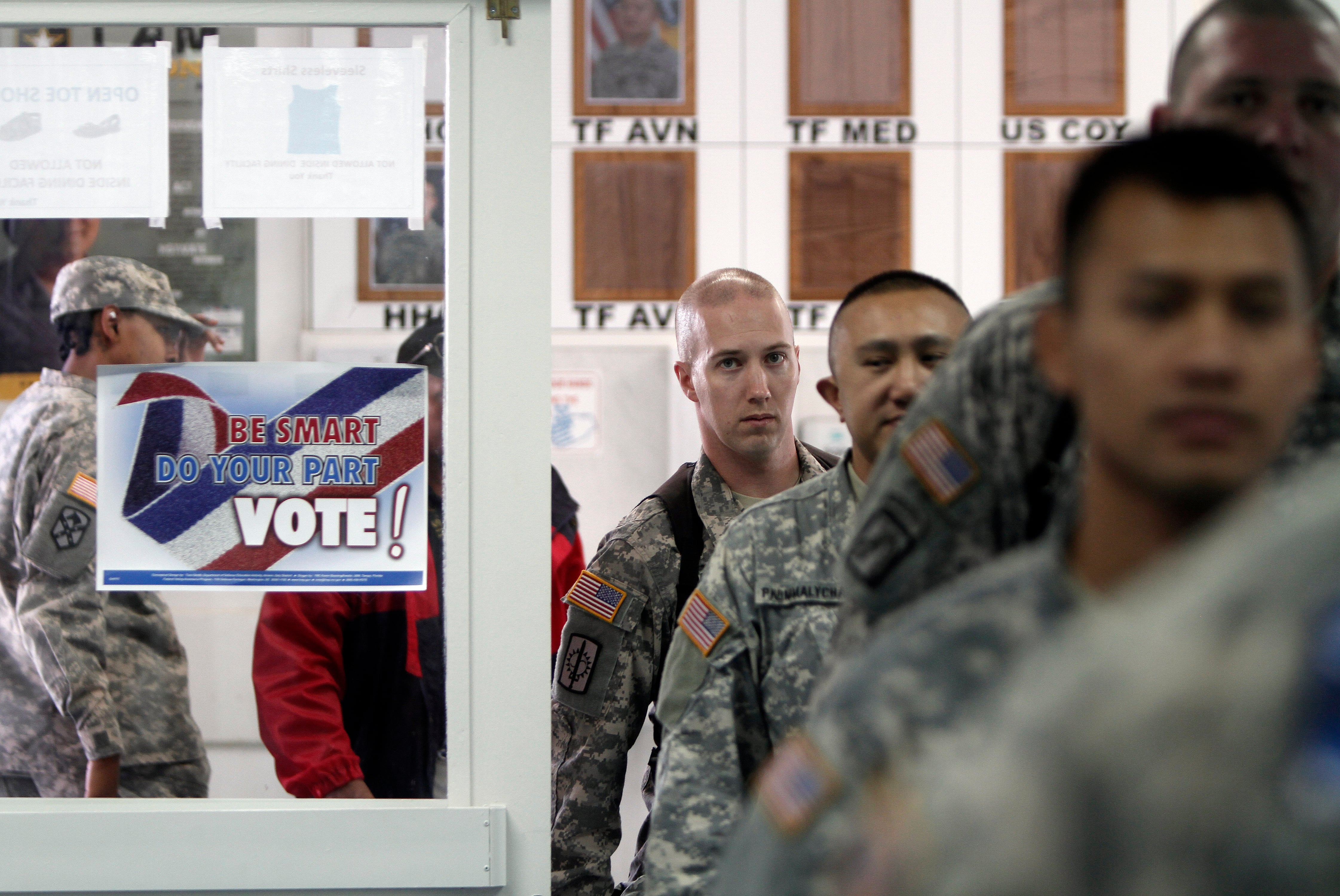As soldiers with the 1st Cavalry Division continue to offload their equipment from their recent Europe rotation, they’re blazing a path and planning for a new kind of armored unit they will be at the heart of creating.
Soldiers with the division will help the Army determine how to reorganize an Armored Brigade Combat Team to fight with new equipment, farther-reaching sensors and increased firepower — with the division at its back.
Maj. Gen. Thomas Feltey spoke with Army Times recently about his division’s work under the Army’s “Transformation in Contact” initiative. The move seeks to modernize and evolve formations as they prepare for real-world deployments.
The effort was announced in 2023 and began with three infantry brigades: the 3rd Brigade, 10th Mountain Division; 2nd Brigade, 101st Airborne Division; and the 2nd Brigade, 25th Infantry Division.
Over the course of the next year, the three brigades added sensors, drones and a host of other enabling technologies, while also reconfiguring the makeup of various brigade elements to streamline communications and ramp up the infantry brigades’ capabilities.
The Army has since entered the TIC 2.0 phase, which will focus on heavy units such as the 1st Cavalry and its ABCTs.
Feltey told Army Times that the division oversaw training for the 3rd Brigade, 10th Mountain, while the infantry unit was in Germany. That helped give them a start on what was required for such transformative work.
“No one’s ever starting from zero, we’re continuing to move forward and not standing in place,” Feltey said.
RELATED

Through the course of the transition, the infantry units built new versions of units, dubbing them Light Infantry Brigade and Mobile Infantry Brigades, respectively. Those concepts had been developed in certain Army planning circles and were adjusted through the training and experimentation by the infantry units.
But the armor units are drawing up their own plans for what a new type of armor brigade might look like.
“An ABCT has a lot of different moving pieces,” Feltey said. “Our battlespace is much larger and things move faster.”
While ubiquitous drone coverage helped infantry units, various kinds of drones will be needed for the longer-reaching, longer-ranging armored units, for example.
The division’s artillery, air cavalry squadron and electronic warfare units have all been designated as part of the transformation.
Feltey is convening a host of senior armor leaders to assist in feedback on how to reconfigure the units and their assets to take advantage of new tech and novel approaches to fighting fast with armor. These sessions are called “Iron Horse sprints,” he said.
The timelines are a little longer for the 1st Cavalry Division. The culminating event for their TIC work will happen at a National Training Center rotation in Fort Irwin, California, in 2027.
That’s in part because the division is also modernizing its main equipment, with the A4 variant of the Bradley and the A7 variant of the Paladin artillery system. It’s also on track as the next unit to receive the new Armored Multi-Purpose Vehicle, Feltey said.
The two-star expects to see communications upgrades, much like the infantry units did with systems such as the Integrated Tactical Network, Star Shield satellite communications and the Mobile User Objective System, an improved UHF satellite communications system.
While the armored units will receive more drones for better reconnaissance, they will need more striking capabilities from those drones, he said.
“We don’t have the ability to suppress everything while we’re moving now, so that’s one of the problems we’re trying to solve,” Feltey said.
A key part of the process will be hooking the division assets into what the brigade needs when it needs it.
The division expects to have units training at the company level with new assets and formations by early 2026 and battalion-level training to commence in the summer of 2026, ahead of the 2027 event.
Todd South has written about crime, courts, government and the military for multiple publications since 2004 and was named a 2014 Pulitzer finalist for a co-written project on witness intimidation. Todd is a Marine veteran of the Iraq War.





